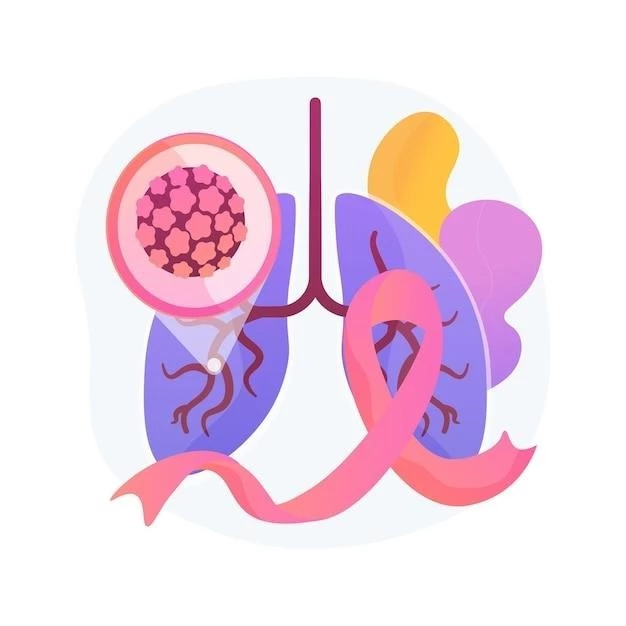Causes of Congenital Hepatic Fibrosis Symptoms and Diagnosis Treatment Options
Causes of Congenital Hepatic Fibrosis
Congenital Hepatic Fibrosis is primarily caused by genetic mutations affecting proteins in the liver. These mutations lead to the abnormal development of bile ducts and liver fibrosis. In some cases, it can be associated with other genetic syndromes.
Symptoms and Diagnosis
Recognizing symptoms like portal hypertension, enlarged liver, and kidney abnormalities is key for diagnosis.
Symptoms of Congenital Hepatic Fibrosis
Common symptoms include abdominal swelling, recurring urinary tract infections, and blood in the urine. Individuals may also experience liver-related complications such as jaundice and easy bruising.
Diagnosis of Congenital Hepatic Fibrosis
Diagnosis involves imaging tests like ultrasound, CT scans, and MRI to assess liver and kidney abnormalities. Blood tests are done to check liver function and genetic testing may confirm the condition.

Treatment Options
Management involves medications for symptoms, addressing complications, and possible liver transplant.
Medical Treatments for Congenital Hepatic Fibrosis
Medical treatments focus on managing symptoms like portal hypertension with medications to reduce pressure. Urinary tract infections are treated with antibiotics, and liver dysfunction may require medications to improve liver function.
Surgical Interventions for Congenital Hepatic Fibrosis
Surgical options may include procedures to address liver and kidney complications. Liver transplants are considered in severe cases where the liver is significantly damaged, providing a potential cure for the condition.
Management of Complications
Effective management involves treating portal hypertension, liver dysfunction, and associated issues.
Addressing Portal Hypertension in Congenital Hepatic Fibrosis
Portal hypertension is managed with medications to reduce pressure in the portal vein. Procedures such as transjugular intrahepatic portosystemic shunt (TIPS) may be done to alleviate pressure and prevent complications like variceal bleeding.
Managing Liver Dysfunction in Congenital Hepatic Fibrosis
Liver dysfunction in congenital hepatic fibrosis can be managed through medications to support liver function and address symptoms like jaundice. Dietary changes may be recommended to ease the load on the liver, promoting overall liver health.
Genetic Factors
Understanding the role of genetic mutations in the development of congenital hepatic fibrosis.
Understanding the Genetic Basis of Congenital Hepatic Fibrosis
Congenital hepatic fibrosis is linked to mutations in genes affecting proteins in the liver and kidneys. These genetic changes lead to fibrosis in the liver and structural issues in the bile ducts, contributing to the development of the condition.
Research Advances
Exploring current breakthroughs and innovations in research related to congenital hepatic fibrosis.
Current Breakthroughs in Congenital Hepatic Fibrosis Research
Recent research is focusing on identifying new genetic targets for potential treatments and developing therapies to slow down disease progression. Advances in gene therapy offer promise for future treatment options.
Lifestyle Recommendations
Diet and exercise guidelines for individuals living with congenital hepatic fibrosis.
Diet and Exercise Guidelines for Individuals with Congenital Hepatic Fibrosis
Individuals with congenital hepatic fibrosis should follow a balanced diet low in sodium and fat to support liver health. Regular, moderate exercise can help improve overall fitness and reduce the risk of complications.
Support and Resources
Available support networks for individuals and families affected by congenital hepatic fibrosis.
Available Support Networks for Individuals and Families Affected by Congenital Hepatic Fibrosis
Support groups and online resources provide valuable information, emotional support, and connections for those impacted by congenital hepatic fibrosis. Accessing these networks can help individuals and families navigate the challenges associated with the condition.
